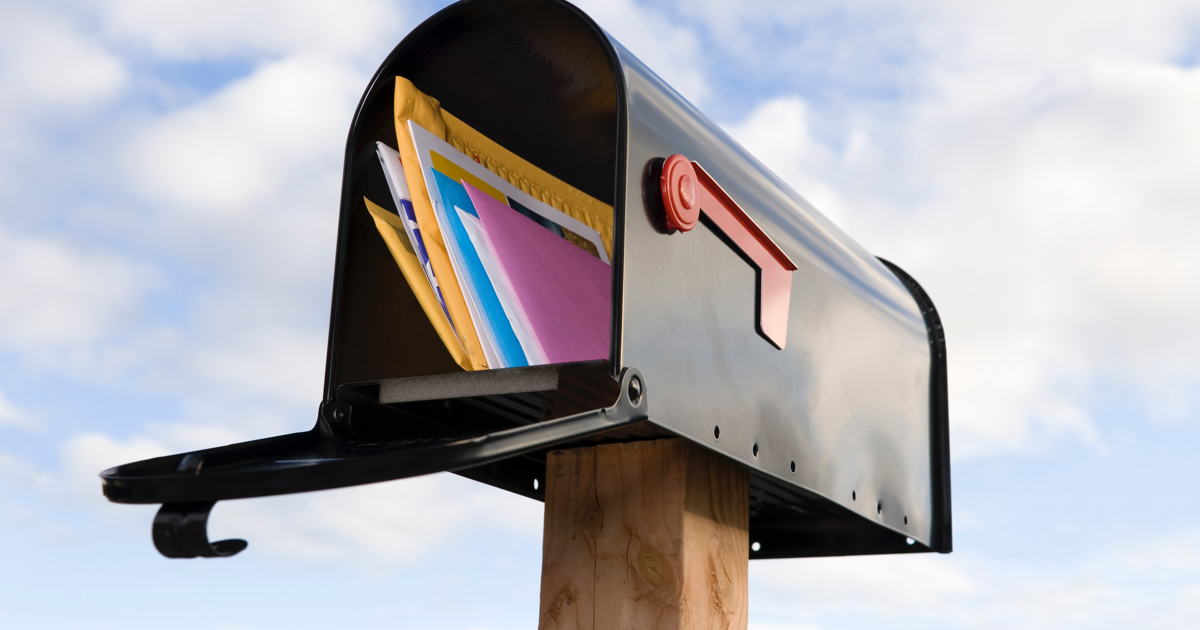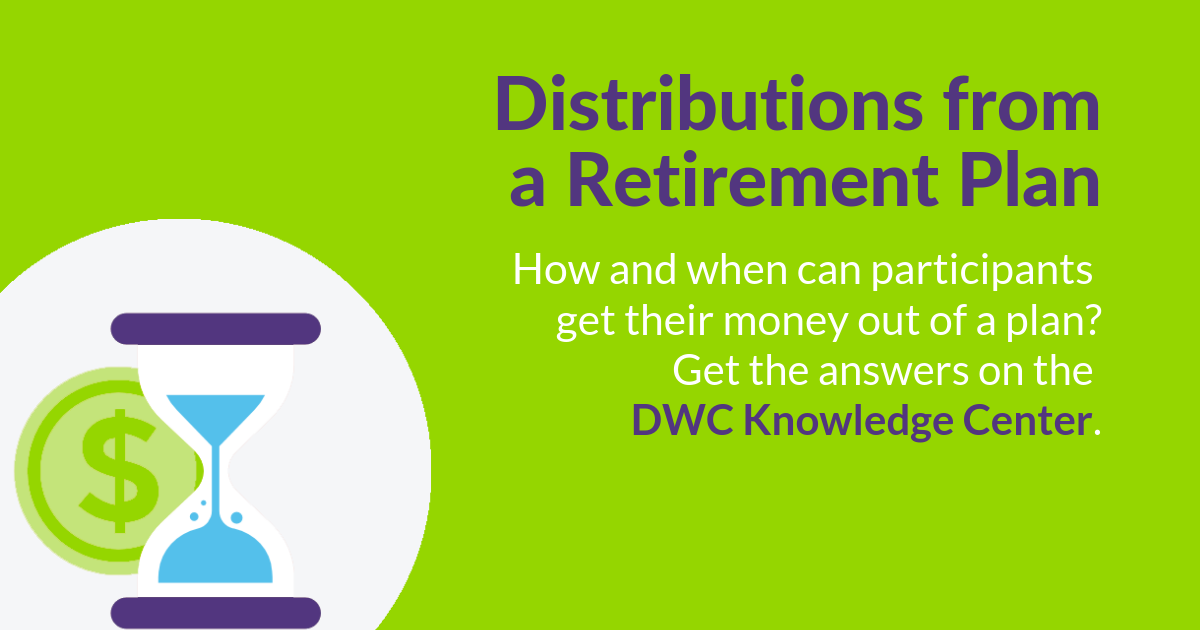Lost Participants: I Ain't Missing You at All!

Nope, this isn’t an article about bad pop songs from the 1980s, but it is about something that can be just as much of a bother – lost participants with remaining balances in your retirement plan. Whether you are trying to “clean up” small residual balances or trying to wrap up a plan termination, there are few things as frustrating as trying to locate missing participants. Fortunately, there are some helpful rules that provide guidance on how to handle these situations.
How do I track down lost participants?
The Department of Labor spells out four steps that plan sponsors should take to try to locate missing participants:
- Certified Mail: Send a certified letter to the participant’s last known address. If he or she signs for it, you have confirmation of receipt.
- Check Related Records: The recordkeeper may not have a current address, but perhaps the company’s payroll provider or health insurer has something more up-to-date. Reviewing other company and plan-related records may turn up a location.
- Check with Designated Beneficiary: Usually, a beneficiary is someone close to the participant, such as a spouse or a family member. If the participant is missing, perhaps his or her beneficiary knows where to look.
- Use Free Electronic Search Tools: There are all sorts of free tools on the internet that might help. These include search engines, social media, or public record databases such as those for licenses or real estate holdings. Plan fiduciaries should make use of these types of services.
The DOL goes on to suggest that plan fiduciaries should consider any relevant facts and circumstances to determine if other actions should be taken if these steps do not turn up any results. For example, using a commercial locator service or various paid internet search tools. Since the fees incurred in doing the search can be charged to the participant’s account, one relevant factor is the size of the account balance in question.
Searching social media platforms is another option that is completely free.
The final Form 5500 for a terminating plan can’t be filed until all balances have been paid. What happens if all of these options have been exhausted but there are still some missing participants?
If the above actions do not result in a current location, the DOL provides several options for how to handle the plan balances. The preferred option is to rollover the account into an IRA in the participant’s name. This would work just like the automatic IRAs that are set up under the mandatory cash-out rules, and if the plan already has an automatic IRA provider, that same provider should be able to help here.
What about using unclaimed property funds maintained by some states?
It may be a viable option to transfer remaining balances to a state unclaimed property fund via the escheatment process in the state of the participant’s last known residence or work location. Because there are variations in how this process works, please consult the applicable state before proceeding.
Is it OK to just send the entire balance to the IRS as tax withholding and let them sort it out?
A few years ago, it became popular practice to simply pay the entire amount of the distribution to the IRS as income tax withholding. Although very clean and efficient from the plan sponsor’s perspective, the IRS issued guidance indicating such practice was not acceptable. Therefore, sponsors should no longer pursue 100% withholding as an option.
Can the plan sponsor forfeit these accounts?
Some plans include provisions that allow such amounts to be forfeited after all other options have been exhausted. If the participant comes forward in the future, the plan must make him or her whole by reinstating the forfeited amount and paying the distribution.
How can plan sponsors avoid having the issue of lost participants in the first place?
One of the most effective steps is to distribute benefits to former employees as soon as possible after termination of employment, before they have an opportunity to become missing.
The IRS has rules in place that dictate when terminated participants can/must take distributions of their account balances from 401(k) plans. Embedded within those rules are certain options that can facilitate the efficient payout of smaller balances to many former employees.
- Balance Over $5,000: Generally, a participant who has a vested account balance in the plan of at least $5,000 is permitted to keep their money in the plan as long as they wish, subject to Required Minimum Distributions on attainment of age 70 ½.
- Balance Under $5,000: Participants with balances below that threshold can be forced to take their money out of the plan as long as they are given appropriate notice 30 to 60 days prior to the payment.
For plans with $5,000 force-out option, it is important these are processed on a consistent and timely basis — such as each quarter.
How does a plan sponsor handle a residual balance after an initial distribution is processed?
From time to time, a former participant may receive a full distribution only to have a residual amount hit his or her account. This may be due to the participant being eligible for an employer contribution that is not deposited until after the close of the year. Sometimes, the residual amount is due to investment earnings (such as a dividend) that are not posted to the account until after the distribution is taken. Regardless of the source, any trailing amounts must be handled.
As long as the paperwork for the original distribution was signed or the small balance forced out within 180 days, the residual can be processed using the same instructions. For example, if the participant’s original paperwork requested a rollover to his/her IRA at a certain financial institution and that paperwork was signed within 180 days, the residual distribution can be rolled to that same IRA at the same financial institution without the need for additional paperwork.
If more than 180 days have passed, the residual account balance is handled as if no previous distribution has occurred. In other words, residuals below the cash-out threshold are processed the same as any other small balance, requiring notification before forcing out the amount in question. If the residual exceeds the cash-out limit, the participant has the option to keep the money in the plan.
What happens when a participant does not cash a distribution check?
An uncashed check is one that has not been returned (and was, therefore, presumably received by the participant) but also has not been negotiated. Dealing with these checks can be especially challenging, and there is not any direct guidance on how to handle such situations. Even if not cashed, the check proceeds are considered taxable income to the participant and should be reported as such on Form 1099-R for the year the distribution was issued.
From a technical standpoint, the dollars representing those proceeds remain in the plan until the check is physically cashed, deposited, etc. As a result, plan fiduciaries remain responsible to prudently manage those assets.
It is important to note that the value of uncashed is typically not reflected in the participant’s account on the recordkeeping platform, nor within other plan financial statement reports. They are typically located in your plan’s bank/custodian general account. The uncashed check is returned by the bank/custodian to the recordkeeping service provider.
For more information on plan distributions, visit our Knowledge Center here.




















